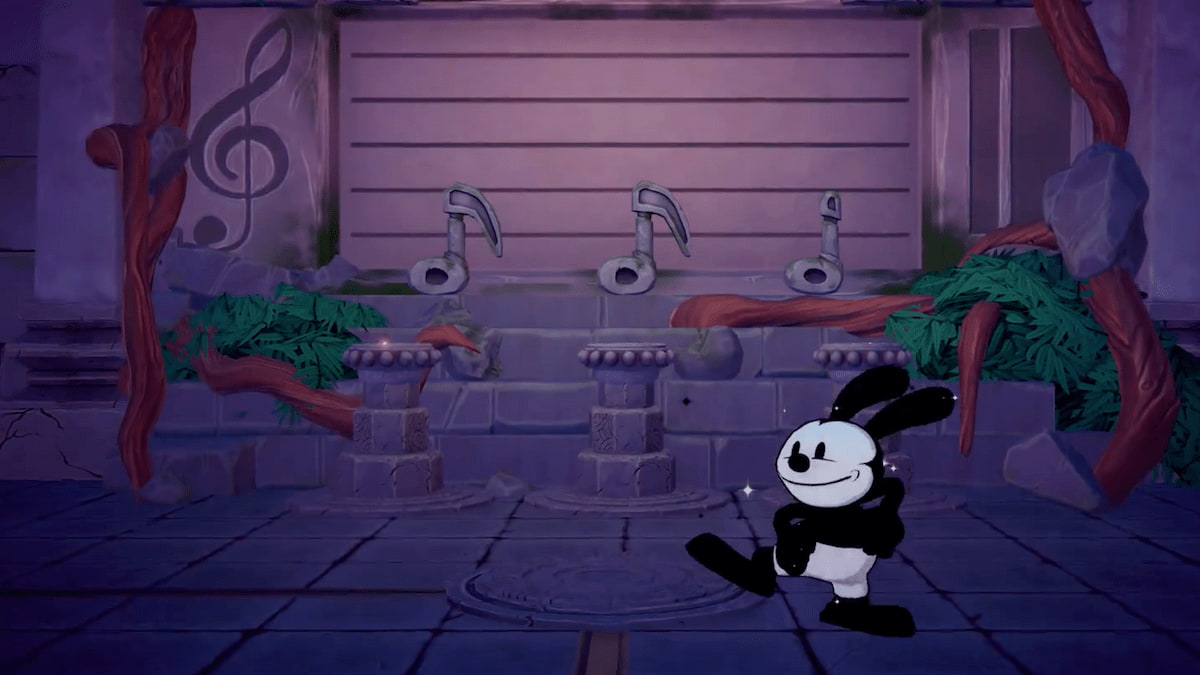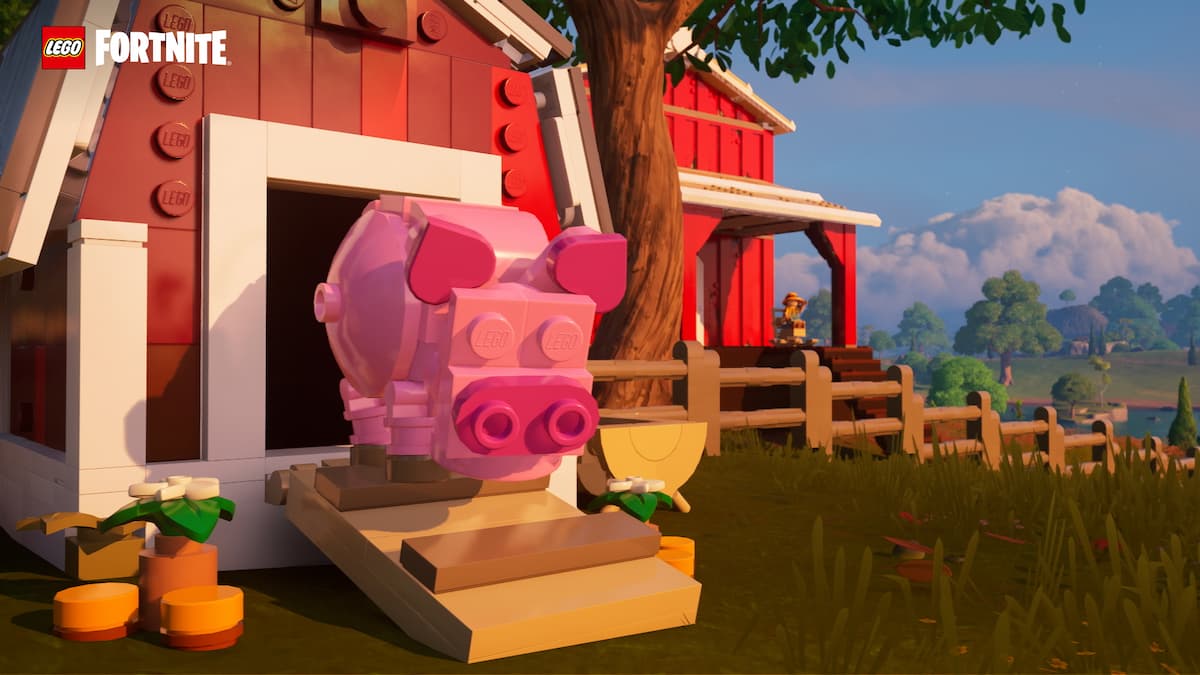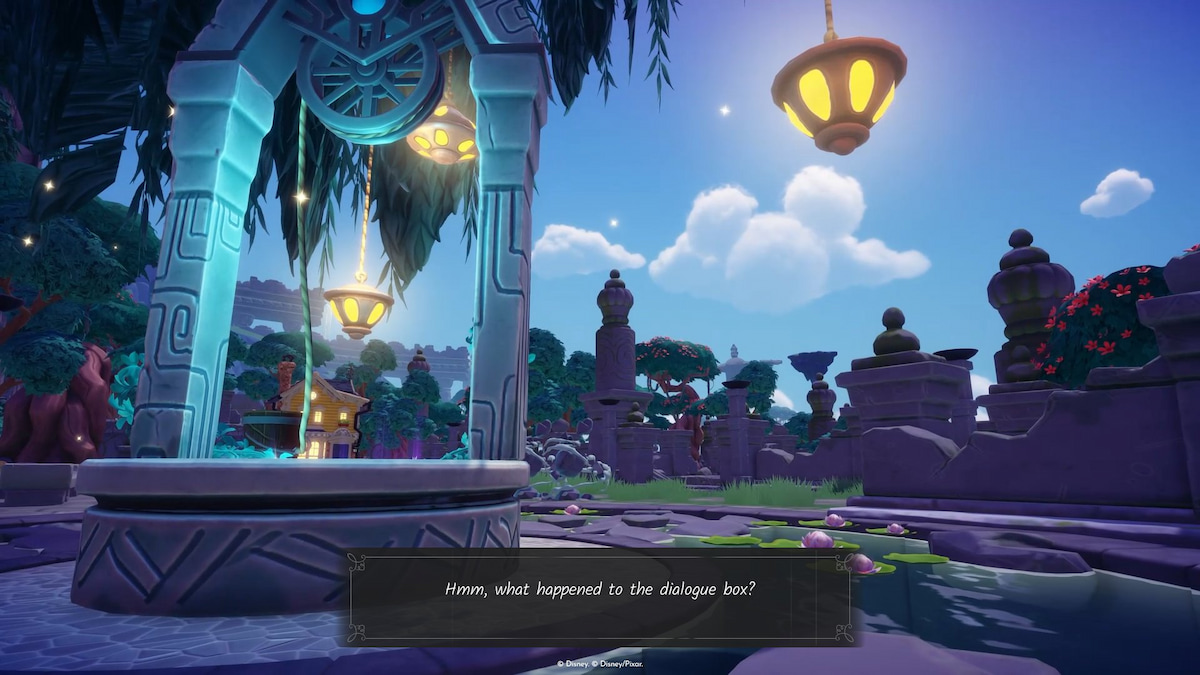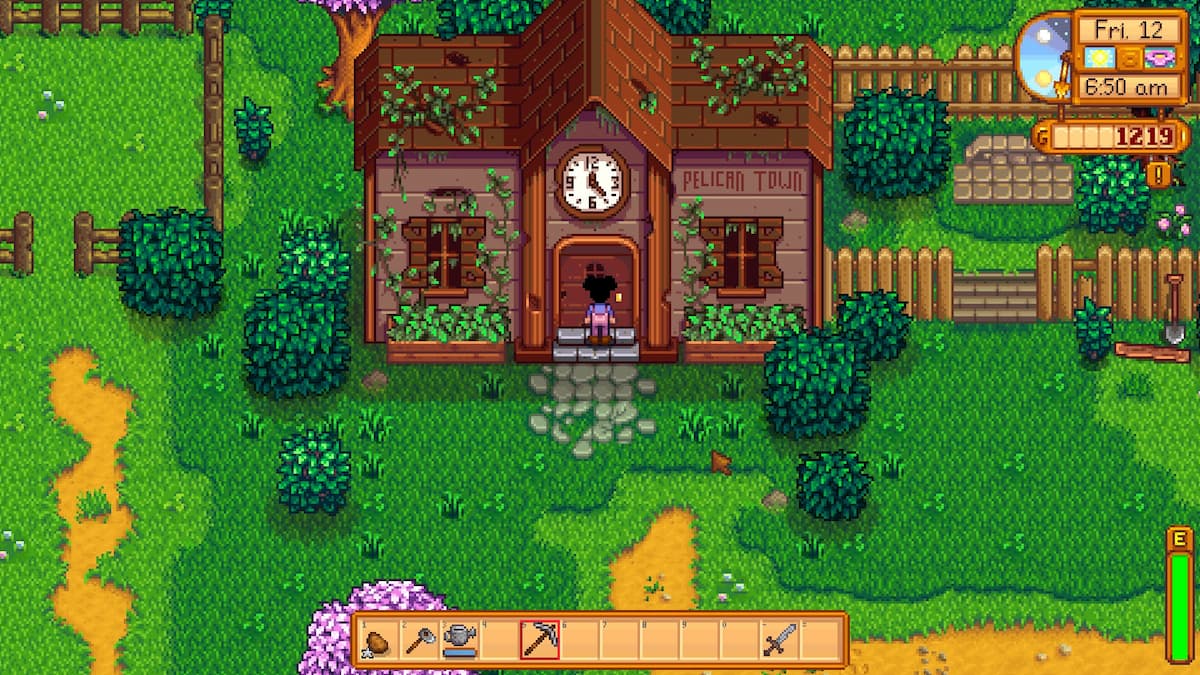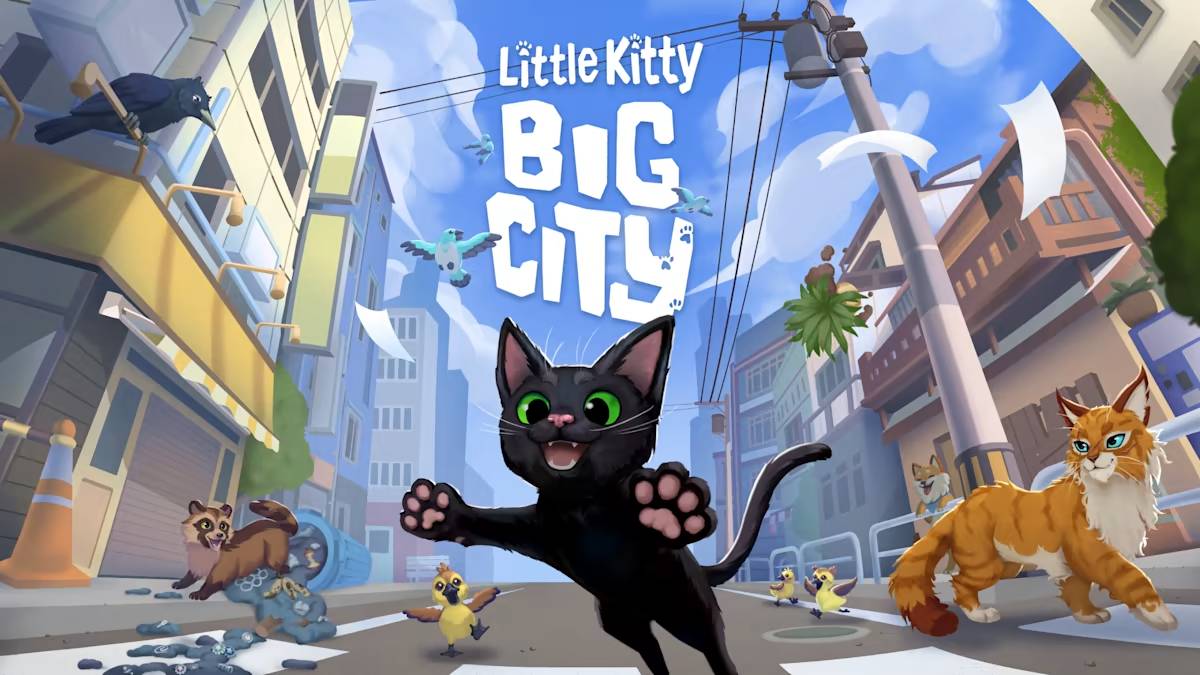Ian Snyder isn’t new to the indie games scene. He’s been developing games since 2005, when he was a high school freshman, and The Floor is Jelly was a (successful) college project that passed Steam Greenlight. The Floor is Jelly is a 2D platformer where, yes, the floor and everything else in the game has jelly physics. Not only did it pass Greenlight, but it made him a finalist in the 2012 Independent Games Festival (IGF) Student Showcase.
Snyder occasionally blogs about game development–algorithms, patterns, and puzzles. On his website, he includes all sorts of short games and GIFs he’s created over the years and in short, has been a very busy and creative man. Luckily, he took some time to let me pick his brain about his journey as an indie developer.
Creating The Floor is Jelly
GS: What was the most difficult challenge you faced making The Floor is Jelly? What was the easiest? What was the strangest or most unexpected?
“Every moment I spent procrastinating, even though I see rest as necessary to sustain creative activity, was colored with guilt at not being active.”
The most difficult was keeping motivation throughout the entire project. Although I’d made a sort of pact with myself to complete the game no matter what, there were certainly times where I felt drained, and as though I could make no progress whatsoever. Interesting, then, that the easiest challenge was the initial prototype. In a manner of a few days I’d sketched out what would essentially remain the game’s physic’s engine and opening levels for the rest of its life.
I’d say the most unexpected challenge has been finding a way to continue working on other projects after release. I’d heard other developers talk about a post-release slump, but supposed I was immune, this not being my first game by a long shot and being used to feeling a little drained after finishing any given project. Working on Jelly, however, I’d gotten myself into a state where I was sacrificing all other activity for the sake of working on this game. There might arise a smaller project I wanted to work on, but I would push the idea aside to continue working on TFIJ.
Every moment I spent procrastinating, even though I see rest as necessary to sustain creative activity, was colored with guilt at not being active. When I released the game, these feelings didn’t go away. I kept pushing aside smaller projects, feeling guilt at any leisure, because I’d in some way forgotten how to be a person without a large, singular project to fill my time. I ended up doing literally nothing for a long period, without understanding why.
In an earlier interview, he elaborates on game fatigue, citing how he lost his vision as a whole while creating his project.
Through development of the game, I lost my vision of it as a whole. When you’re working on something for two years, it’s easy to forget why you started working on it. For a long period, I lost whatever feeling of joy I first had when bouncing around on the game’s jelly. Seeing other people experience that has helped me reclaim some of it for myself, I think.
-Ian Snyder, We Ask Indies
The music for The Floor is Jelly was a result of a chance encounter with a sound artist at the 2012 Game Developers Conference. Snyder presented the demo and one of the guests who enjoyed it was Disasterpeace, who has made music for other steam games like FEZ, January, and Hyper Light Drifter.
GS: You met Rich (Disasterpiece) at a GDC. What are your thoughts on networking in the game developer community? Do you think it’s harder or easier than any other industry?
Hard to say, as this is the only industry I’ve any real experience with. I recognize I’ve also had a pretty easy time of it as well, having TFIJ recognized by the IGF at my first GDC gave me a great way to introduce myself to people in connection with something they’d probably heard of at the event. I don’t know what it would have been like if I hadn’t had that advantage. Difficult, I imagine, as I’m fairly shy.
GS: In a previous interview, you said that The Floor is Jelly wasn’t your most popular game because it wasn’t a browser game. What IS your most popular game? What was your favorite?
It’s hard to say for sure which game was my most played. Some websites keep track of how many people have played the game, some don’t. I’d be shocked if it wasn’t one of the series of games I made for flash sponsor portal websites, however.
My personal favorite is probably either UN EP or Thirteen Gates, but I have a hard time picking. Every game has its flaws, and, because I’ve spent so much time looking at my own games in the process of making them, the flaws in my own games seem glaring to me. I tend not to look favorably on work I’ve made in the past.
Surviving as a student and game developer
GS: What was your high school experience like, being a student and game designer? What about college? How did you manage your time?
“Games were a way I could prove my own worth, to myself and to others. I just had to be clever enough, or work hard enough, or whatever else. They gave me a validation I wasn’t getting elsewhere.”
High school was lonely and hard. I did ok, grade-wise, never great, but enough to get by. Part of that is a function of the place I was at and part of it was a function of who I was at the time. I was a weird kid – I mean, I still am – but I didn’t understand myself as well back then.
So I guess making games was a kind of escape. That sounds cliched, perhaps, but that doesn’t make it any less true. Games were a way I could prove my own worth, to myself and to others. I just had to be clever enough, or work hard enough, or whatever else. They gave me a validation I wasn’t getting elsewhere. They made me feel like I was worth something when nothing else did, and, naturally, I threw myself into them. I guess all that is to say: I didn’t manage my time.
College was better for me, and I was fortunate in that respect. I met more people who thought like me, and who I connected with more strongly. I was at an art school, so the coursework I was assigned was generally more rewarding to me. I knew was I had to do to pass the classes that disinterested, and did that, I worked hard for the classes that interested me, and in whatever spare time I had left I made games.
Reflecting on the future
GS: If finances weren’t an issue, what would be your dream job? Would you continue being a jack-of-all-trades game developer or pick a niche?
Were finances not an issue I’d like to start an art grant for videogames to help fund projects with cultural significance that are unlikely to see commercial returns. I’m happy with what I do right now though, and I see that less as a dream job and more of a dream project. I prefer being a jack-of-all-trades, personally.
GS: How do you want gamers and developers to describe your style; what do you want to be known for?
I don’t properly know. I suppose I mostly try to follow what interests me, and I hope that in doing so something of myself becomes apparent across my work taken as a whole, but I’ve never worked toward one style in particular. I often feel this is a detriment. A lot of creators have a kind of consistency that I feel I lack. Or… put another way, if you pointed me to a random game designer with a large enough body of work, I could probably dissect the elements of their interest well enough to create a game that was a parody of their work in general. I don’t know if my work is recognizable or iconic in the same way. I’m not sure what “an Ian Snyder” game constitutes.
GS: Do you want to continue being a solo indie developer, or perhaps join a team or studio?
I intend to continue working on my own for as long as I can.
Snyder can be found on Twitter and his website. If you want to try out The Floor is Jelly for yourself, you can find it on Steam.






